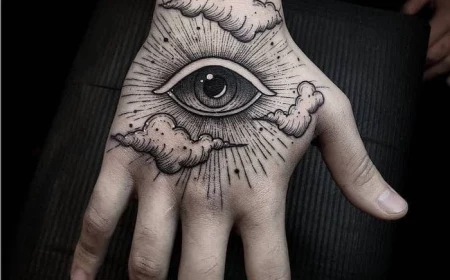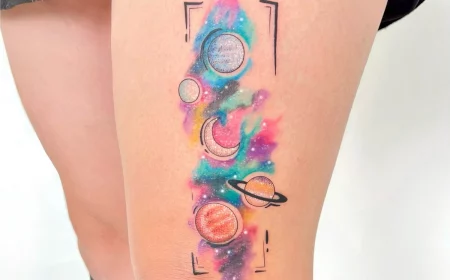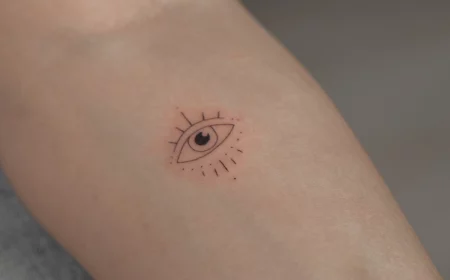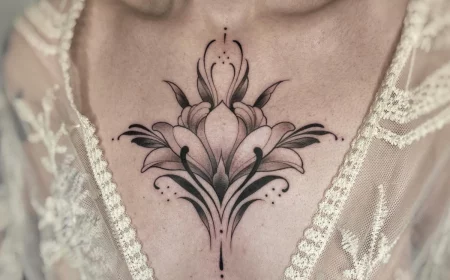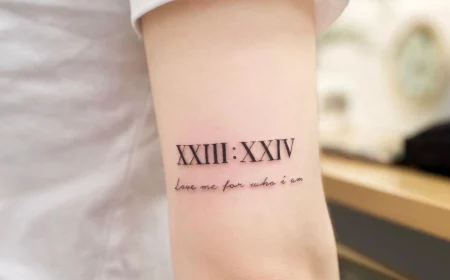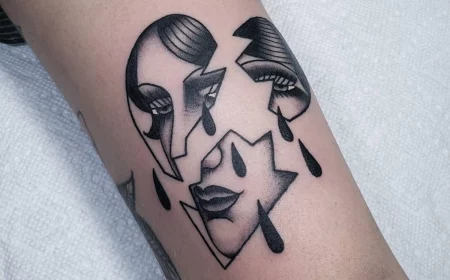Thinking About a Tattoo? Read This First (An Insider’s Guide)
I’ve held a tattoo machine for a long, long time. Long enough to see trends come, go, and come back again. I’ve been there for the big moments—celebrating new chapters and memorializing deep losses. But honestly, the most important conversations happen way before the buzzing starts. They’re about the design, the placement, and what that piece of art will mean to you, not just today, but in a decade or two.
In this article
This isn’t about grabbing a cool picture you saw online. It’s about making a permanent, informed decision you’ll still be psyched about years down the road.
So many people walk into a shop with just a vague idea, inspired by something that’s popular right now. My goal here is to give you the advice I give my own clients, the kind of guidance I wish everyone had before they took the plunge. We’re going to cover how tattoos actually work, why some styles hold up better than others, and how to find an artist who’s a true pro. Think of this as your pre-consultation, a roadmap to getting art that respects both the craft and your body.
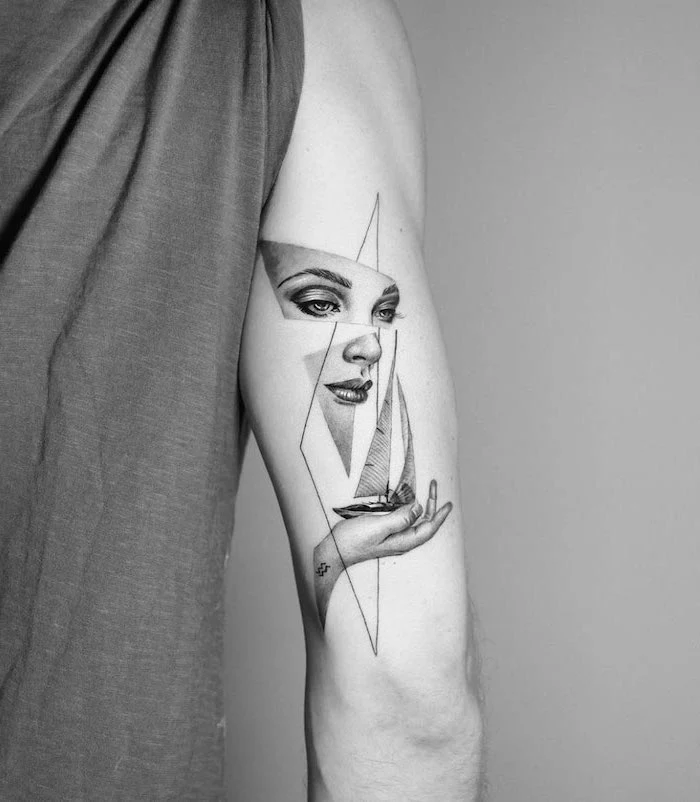
The Science Bit: Understanding Your Skin and Ink
Before we even get to the fun part—the art—you have to understand the canvas. And that canvas is your skin, a living, changing organ. When I was just starting out, my mentor would say, “If you don’t know the ground you’re plowing, you’ll never grow a thing.” He was absolutely right.
A tattoo machine uses super-fine needles to deposit ink into a very specific layer of your skin. The top layer, the epidermis, is constantly shedding cells. A tattoo there would literally flake away in a month. So, we aim for the dermis, the stable layer just beneath it. Your immune system immediately sends cells to “clean up” the foreign ink particles, but here’s the cool part: the pigment is too big for them to haul away. The ink gets trapped, locked in place. That’s what makes a tattoo permanent.
But things can shift over time. Ink particles can slowly spread, which is why those tiny, super-delicate lines can get a little blurry over the years. A good artist designs with this in mind, making sure lines are solid enough and details are big enough to stay crisp. Oh, and by the way, sunlight is your tattoo’s number one enemy. UV rays break down ink just like they fade a photo on the dashboard of your car. A good layer of high-SPF sunscreen is the best long-term aftercare, period.
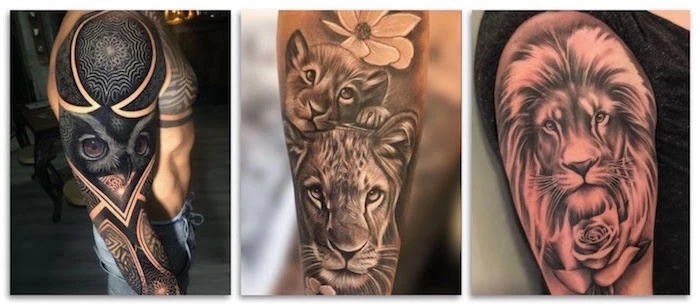
Your skin type also makes a huge difference. For real.
- Oily Skin: Can make healing a little more work. You’ll need to be extra diligent about keeping it clean. Some super-fine lines might soften a bit more over time.
- Dry Skin: Usually takes ink like a champ, but you have to stay on top of moisturizing during the healing process to prevent flaking and color loss.
- Stretchy Skin: Think inner bicep or stomach. This requires a ton of skill from the artist. They have to stretch the skin just right while working so the lines look straight and solid when your body is relaxed. It’s a technique that takes years to get down.
Beyond the Hype: Tattoo Styles That Actually Last
Trends are for clothes, not for something you’ll wear forever. Instead of asking what’s “in,” it’s way smarter to understand the foundational styles. Each has its own rules and approach, and finding one that you genuinely connect with is the key to a timeless design.
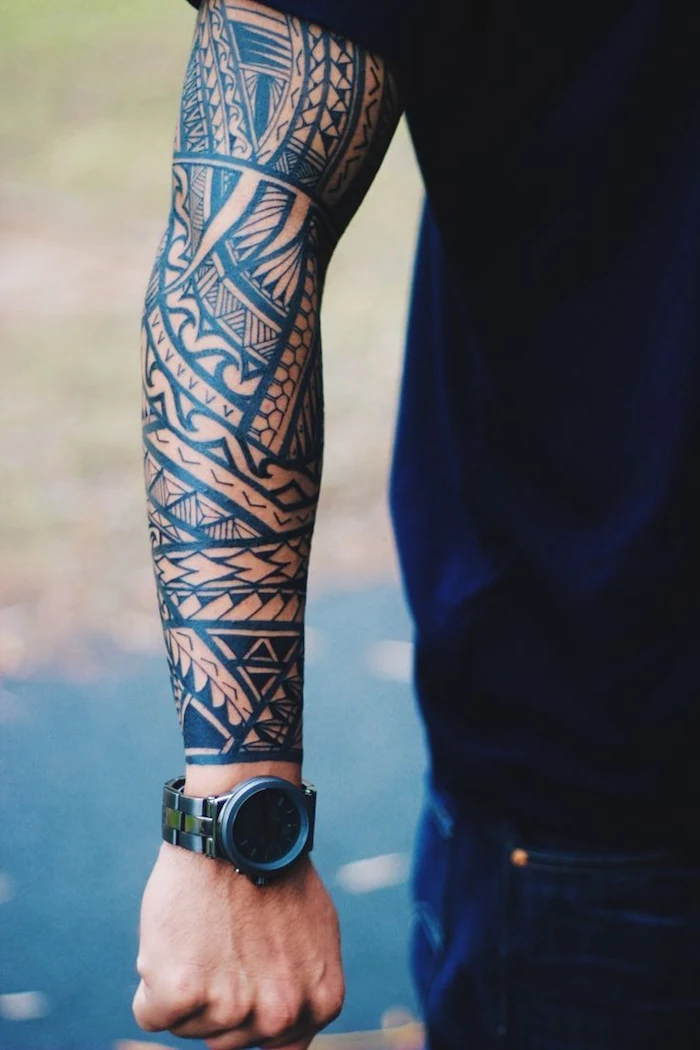
American Traditional
This is the classic, iconic style you probably picture in your head. It’s all about bold black outlines, a limited but bright color palette (think red, green, yellow, blue), and heavy black shading. The designs are legendary: eagles, panthers, roses, daggers, ships. The absolute genius of this style is its longevity. Those bold outlines act like little walls, keeping the colors packed in and preventing them from bleeding over the decades. A well-done traditional tattoo looks incredible thirty years later. It’s honest, powerful, and built to last.
Japanese (Irezumi-Inspired)
This is one of the most respected and complex forms of tattooing, with a history that goes back generations. It isn’t about just one image; it’s about creating a huge, unified composition that flows with the shape of the body. The symbolism is deep, often drawing from folklore. A koi swimming upstream can symbolize perseverance; a dragon can mean strength and wisdom. The backgrounds—the wind, water, and clouds—are just as important as the main subject, creating movement and tying it all together. A true Japanese-style sleeve or back piece is a massive commitment, often taking years of sessions with a dedicated specialist. It demands a ton of respect for its origins.
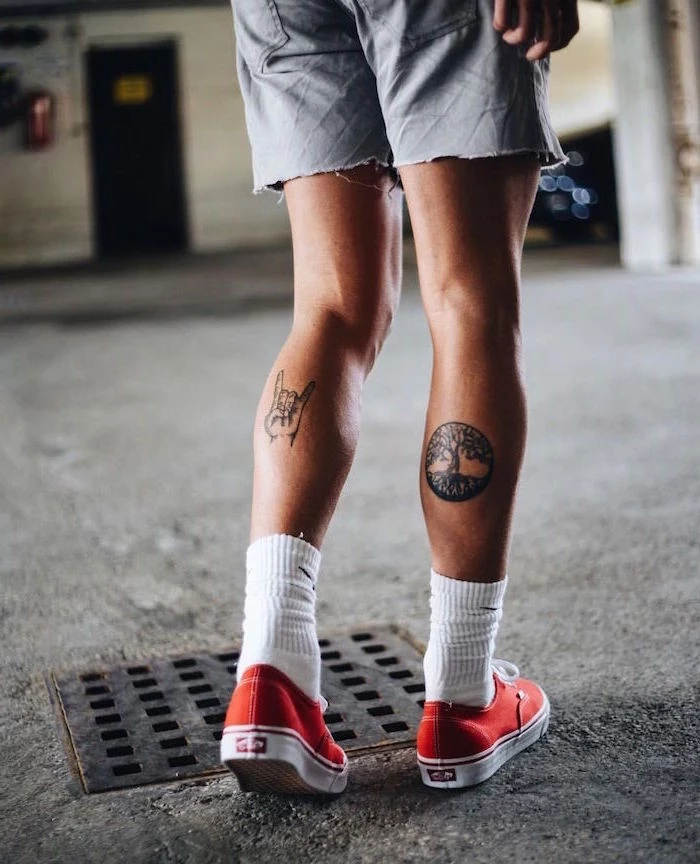
Black and Grey Realism
This style uses different dilutions of black ink to create incredible depth, texture, and shading. To do it well, an artist has to be a master of contrast. Without strong blacks and smart use of the skin’s natural tone as a highlight, these tattoos can heal looking kind of muddy or washed out. When I work in this style, I’m always thinking about how it will settle. I might even pack the shadows a bit darker than they look in the photo, because I know they’ll soften up over time. Quick tip: When you’re looking at an artist’s portfolio for this style, hunt for pictures of healed work, not just fresh ones. That’s where you see their real skill.
Watercolor
This is a more modern style that looks amazing on Instagram. It mimics the look of watercolor paint, with soft edges and color blends that don’t have containing outlines. But I have to be honest with you: many of these tattoos do not age well. Without a solid outline to hold them in, the colors can blur together over the years, turning into an indistinct blob. Some artists are getting smarter about this, adding fine-line structures or a darker base to give them a fighting chance at longevity. If you’re dead set on this style, have a very frank conversation with your artist about what to expect in 10 years.
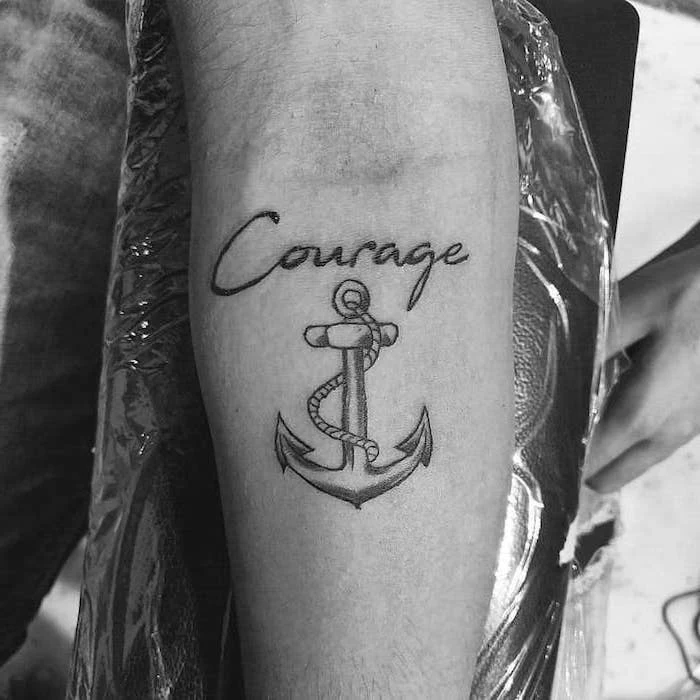
A Note on Sacred Cultural Practices
This is super important, so listen up. Some forms of tattooing are not just aesthetic choices—they are deeply sacred cultural traditions tied to genealogy, status, and personal history. Getting this type of work done by an artist outside of that culture who is just copying a design is a serious act of disrespect. If you are drawn to these powerful forms of body art, the only ethical way forward is to seek out a practitioner from that culture who has earned the right to perform them. Anything else is just appropriation.
Finding Your Artist (And Not Messing It Up)
The single most important decision you’ll make is choosing your artist. A great artist can make a simple idea a masterpiece. A bad one can ruin a perfect one. Please, do not choose based on price or who can get you in tomorrow.
Here’s how you vet a real professional:

-
Stalk Their Portfolio. Don’t just glance. Study it. Look for the specific style you want. An artist who kills it with American Traditional might not be the person for your photorealism portrait. Are the lines clean and solid, or shaky? Is the color packed in evenly? Is the shading smooth? And I’ll say it again: look for photos of HEALED WORK. A fresh tattoo is swollen and looks great under studio lighting; a healed photo tells the truth.
Lesser-known trick: The best place to portfolio-stalk is Instagram. Search hashtags like `
[yourcity]tattoo` (e.g., `
chicagotattoo`) or `
[style]tattoo` (e.g., `
neotraditionaltattoo`) to discover artists.
-
Check the Shop’s Vibe and Hygiene. A pro shop should feel as clean as a dentist’s office. You should see evidence of sterilization, like an autoclave for equipment. All needles must be single-use and opened in front of you. If the place feels grimy or you get a weird vibe, just walk out. Your health is not worth a cheap tattoo.
-
Have a Real Consultation. A good artist will want to talk. They’ll ask questions and offer their professional opinion, even if it’s not what you initially wanted to hear. A huge red flag is an artist who just agrees to copy a photo from Pinterest without wanting to create something custom for you. That signals a lack of artistic integrity.

How to Not Sound Like a Newbie in Your First Email
Artists get tons of messages, so being clear and concise is key. Here’s a simple template:
Subject: Tattoo Inquiry – [Your Idea, e.g., Black and Grey Lion]
Body: “Hey [Artist’s Name], I’m a huge fan of your work, especially [mention a specific piece you liked from their portfolio]. I’m hoping to get a [style] tattoo of [your subject] on my [body part, e.g., outer forearm]. My rough budget is around [$$$] and I’ve attached a few reference images for the vibe I’m going for. Please let me know if your books are open or when they might be in the future. Thanks!”
Let’s Talk Money (And Tipping!)
Good tattoos are not cheap. You’re paying for years of training, thousands of dollars in sterile equipment, and a piece of permanent custom art on your body. In most major cities, expect an artist’s hourly rate to be somewhere between $150 and $300 an hour.
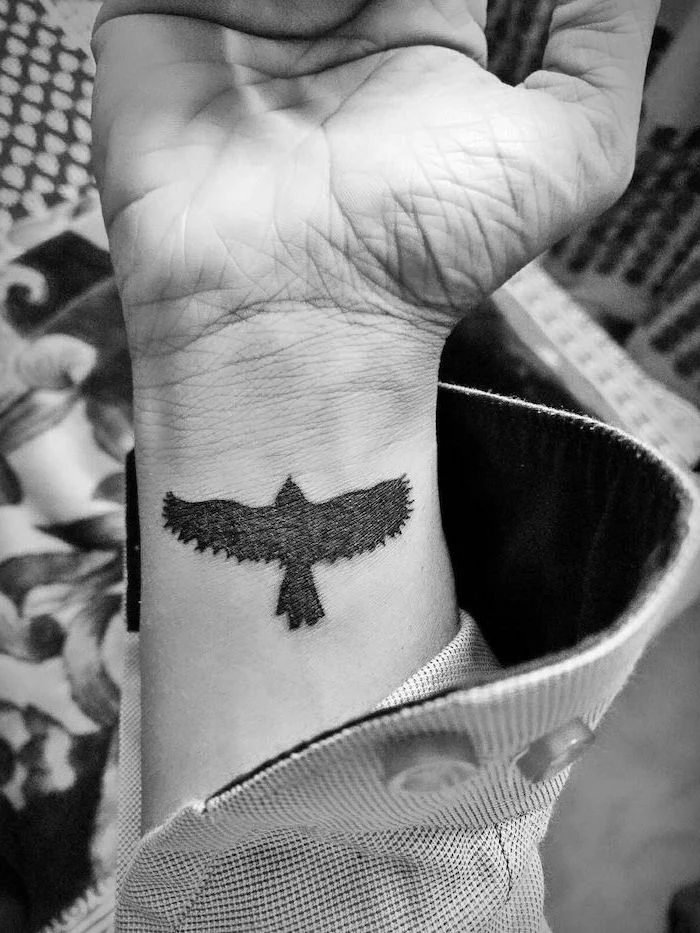
For smaller tattoos, you’ll probably be charged the “shop minimum,” which is typically $80 to $150. That minimum covers the cost of a fully sterile, single-use setup and the artist’s time, even for a tiny design. In this industry, you absolutely get what you pay for. Bargain hunting often leads to regret and a much more expensive cover-up down the line.
Oh yeah, and you should definitely tip your artist! If you had a great experience and you love the work, tipping 15-25% of the total cost is a fantastic way to show your appreciation. We definitely remember good clients.
Protecting Your Investment: Aftercare That Actually Works
Getting the tattoo is only half the job. Healing it properly determines how it will look for the rest of your life. Every artist has their own specific instructions, but here’s the rundown I’ve refined over the years.
First, get the right stuff. You’ll need a gentle, fragrance-free liquid soap (like Dial Gold or Cetaphil) and a good, simple moisturizer. A lot of artists recommend products like Aquaphor or A&D Ointment for the first couple of days, then switching to a light, unscented lotion like Lubriderm or Aveeno. You can find all this at any drugstore.
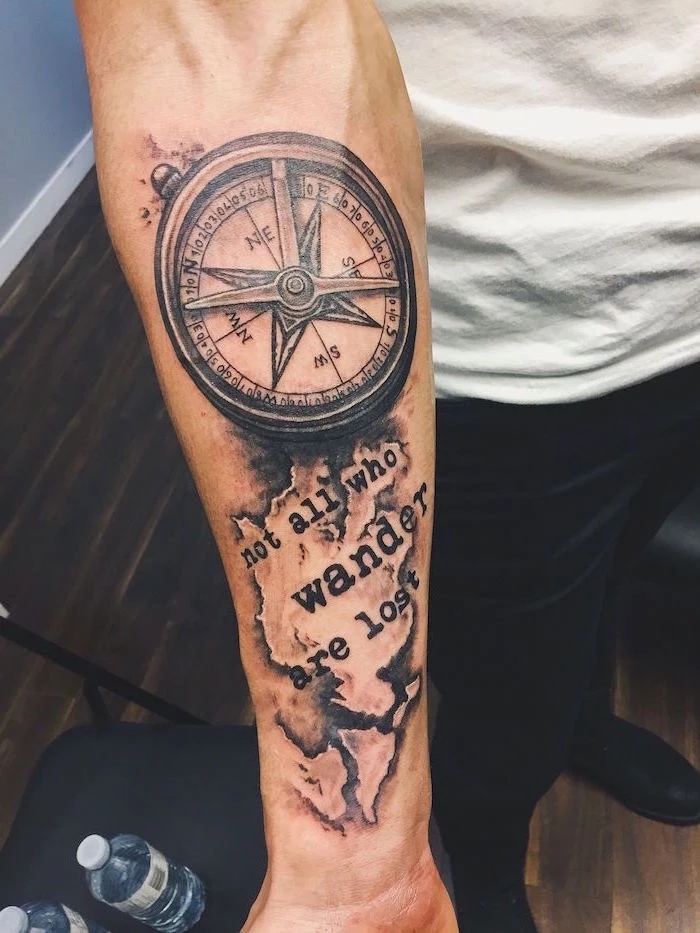
What to Expect While Healing
- Day 1-2: It’s gonna be red, swollen, and maybe a little weepy with plasma and excess ink. This is totally normal. Keep the bandage on for as long as your artist says (usually a few hours). Wash it gently when you take the bandage off, pat it dry with a paper towel (not a cloth towel!), and apply a very thin layer of ointment.
- Day 3-7: The itch is coming! The area will feel tight as it starts to form light scabs or a flaky layer. This is the hardest part. DO NOT SCRATCH. Seriously. Just don’t. Lightly apply your lotion to keep it moisturized.
- Day 7-14: Welcome to the peeling phase. It’s going to look gross, like a healing sunburn. Let all the flakes and scabs fall off on their own. Picking at them can pull ink out and leave your tattoo looking patchy.
During this entire 2-3 week healing period, you have two main jobs: keep it out of the sun and don’t soak it in water. That means quick showers are fine, but no baths, swimming pools, hot tubs, or oceans. They are full of bacteria that can cause a nasty infection.
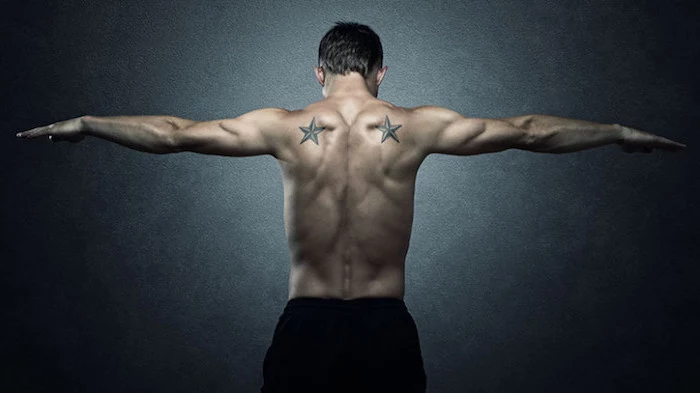
A tattoo is a true partnership. Your artist puts the art on you, but you’re responsible for its care. By making a smart choice and taking the healing seriously, you’re making sure your new art stays vibrant and beautiful for life.
Inspirational Gallery
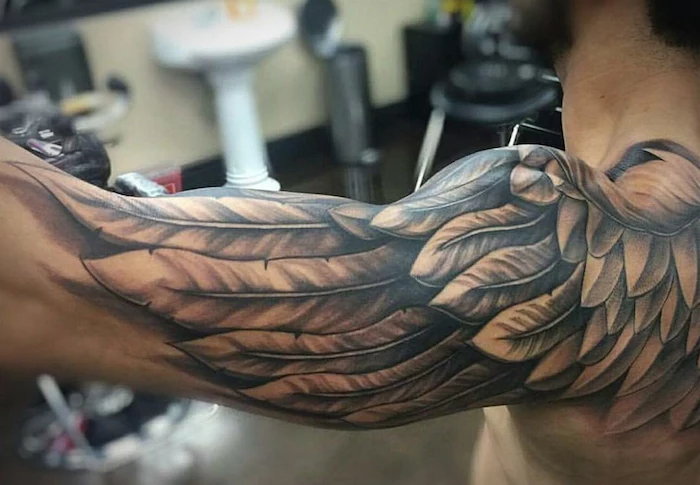
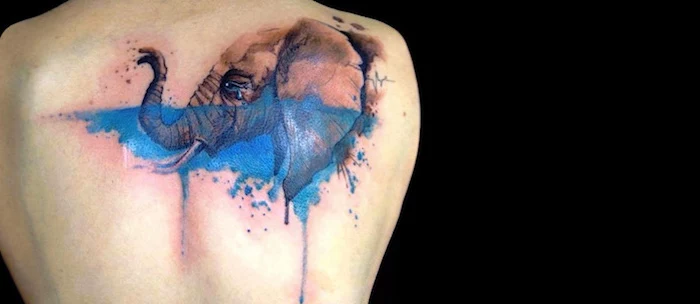
Your pre-tattoo checklist: Don’t show up on an empty stomach. A full meal helps stabilize your blood sugar, which can significantly impact your pain tolerance and prevent feeling faint. Also, hydrate well but avoid alcohol for at least 24 hours beforehand, as it can thin your blood and increase bleeding during the session.
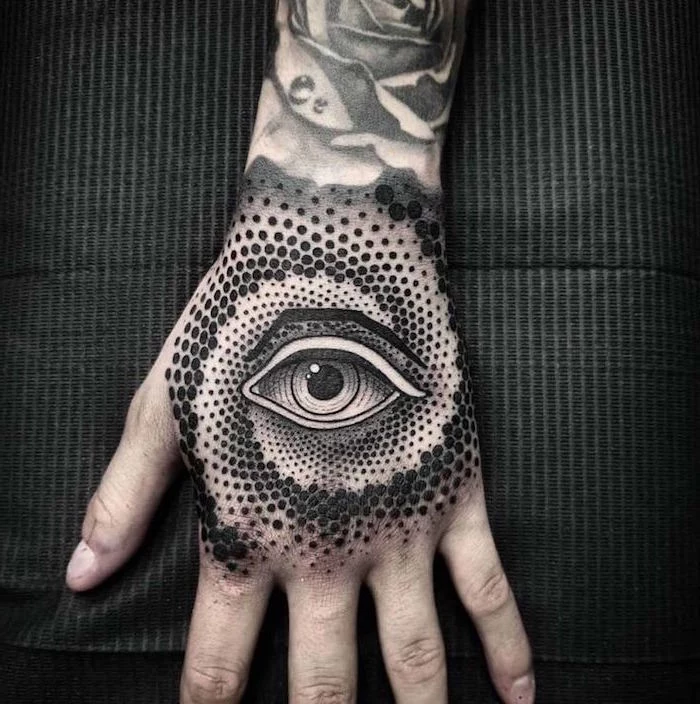
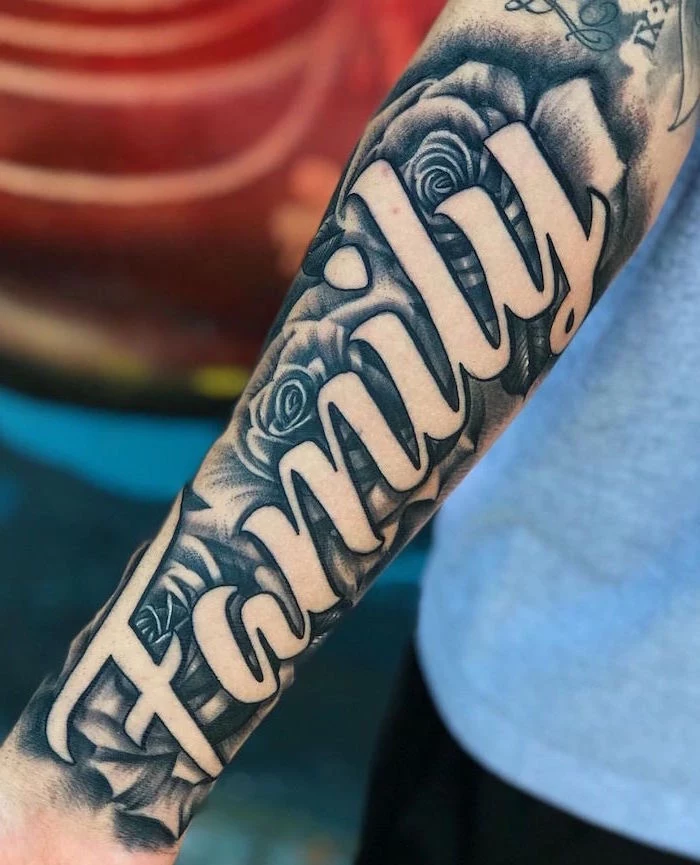
- A portfolio filled with blurry photos or inconsistent, shaky line work.
- An artist who dismisses your ideas or pressures you into a design you’re unsure about.
- A studio that doesn’t look and smell impeccably clean. Sterility is non-negotiable.
These are major red flags. Trust your intuition; if a situation feels off, walk away.
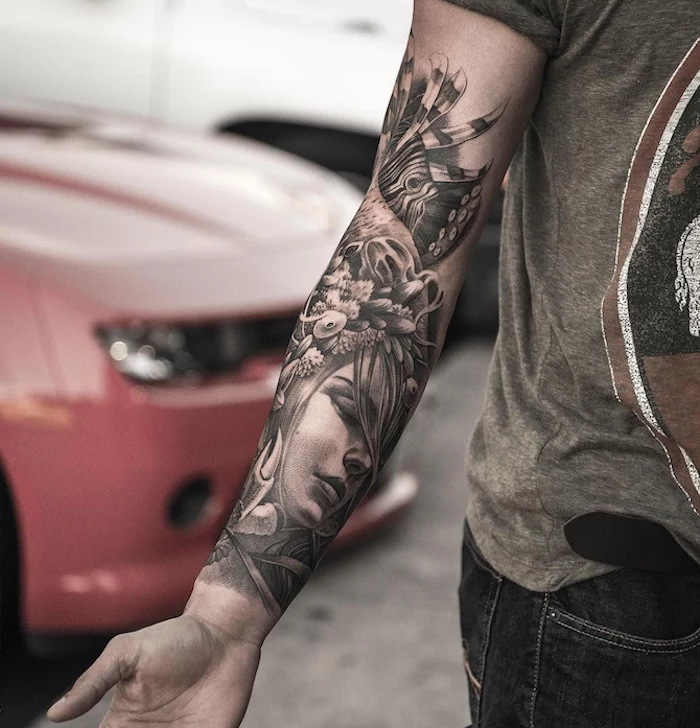

The oldest known tattoos were discovered on Ötzi the Iceman, a mummy from around 3,300 BCE. His 61 tattoos were simple lines and crosses, believed by scientists to be therapeutic rather than decorative.

Wondering about the
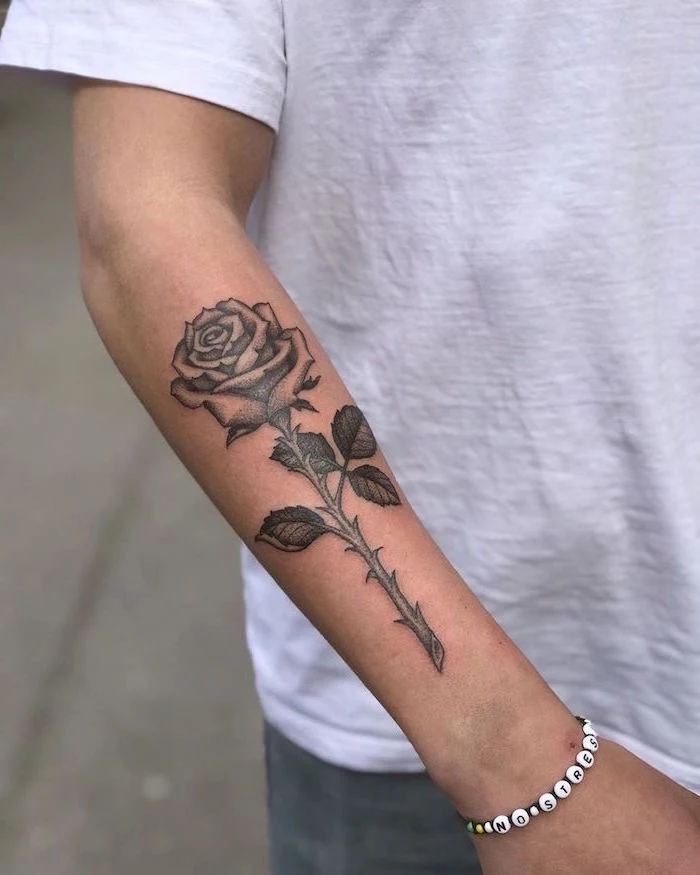
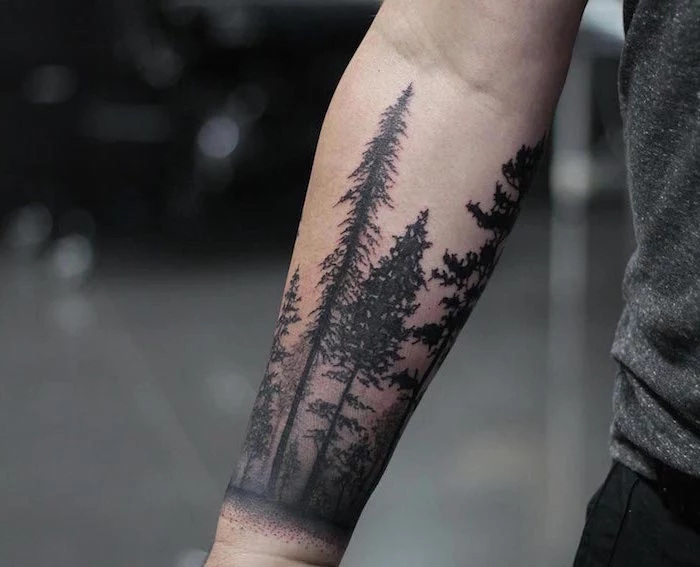
Flash Design: A pre-drawn, ready-to-go image from the artist’s collection, often a classic design at a set price. It’s a great way to get timeless art from an artist you admire.
Custom Piece: Art designed from scratch in collaboration with you. This process is more involved but results in a truly unique, personal tattoo.
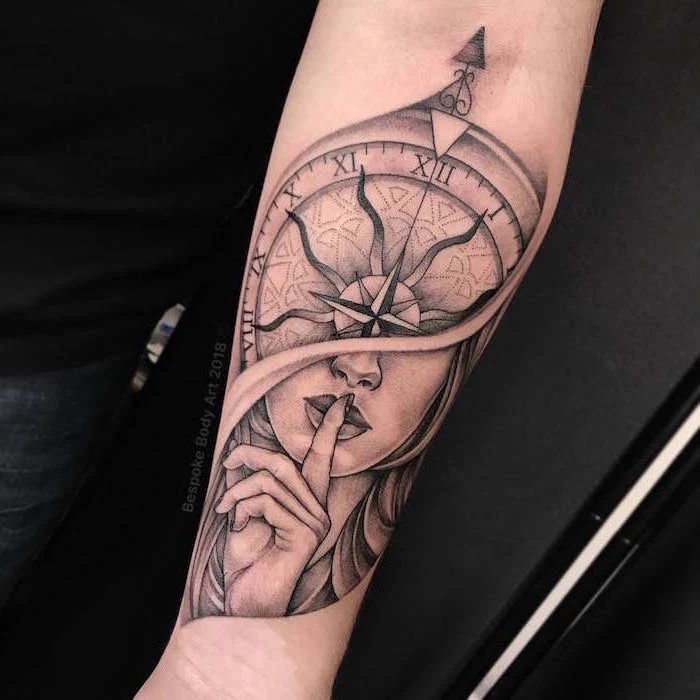
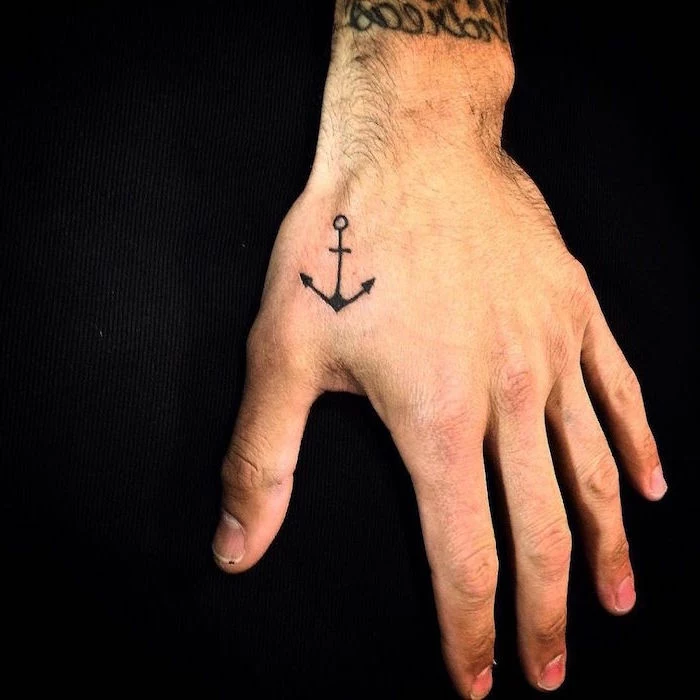
Thinking about a trendy finger or hand tattoo? Be prepared for maintenance. This skin regenerates faster and is constantly exposed to sun and washing. As a result, these tattoos are notorious for fading, blurring, and requiring more frequent touch-ups to stay crisp compared to a tattoo on your arm or back.

The sound of the machine, the specific feel of the needle, the music playing in the studio… Tattoos are a full sensory experience. Many people find the rhythmic buzzing meditative after the initial sting. Don’t just focus on the pain; try to immerse yourself in the unique atmosphere of the artistic process you’re a part of.
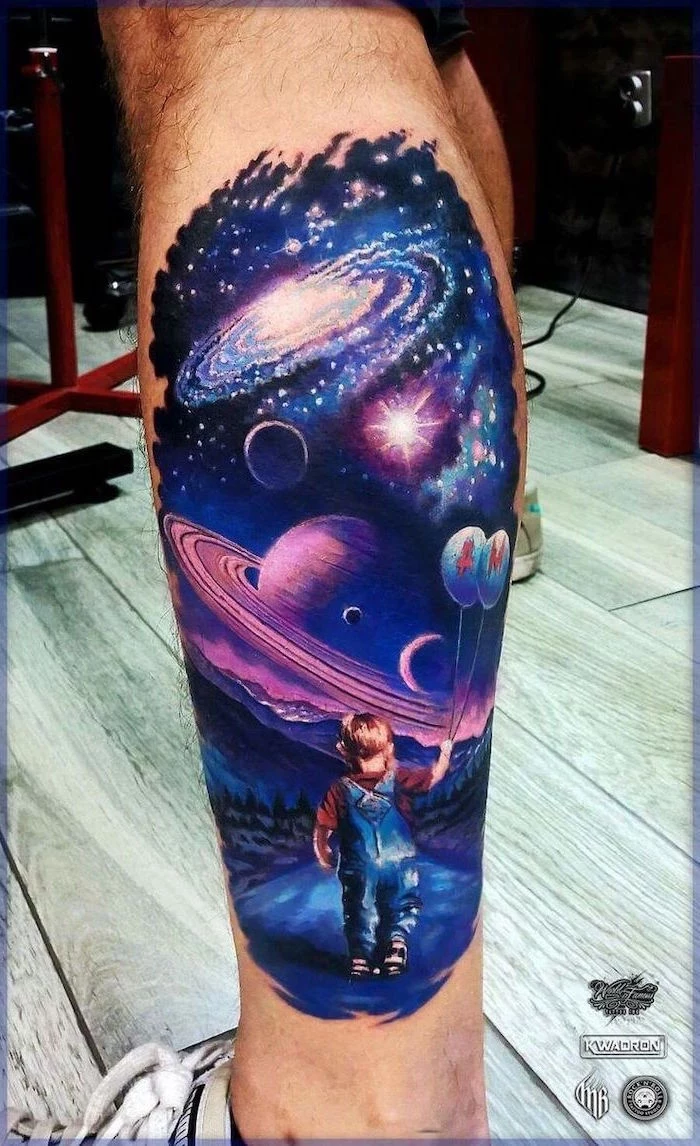
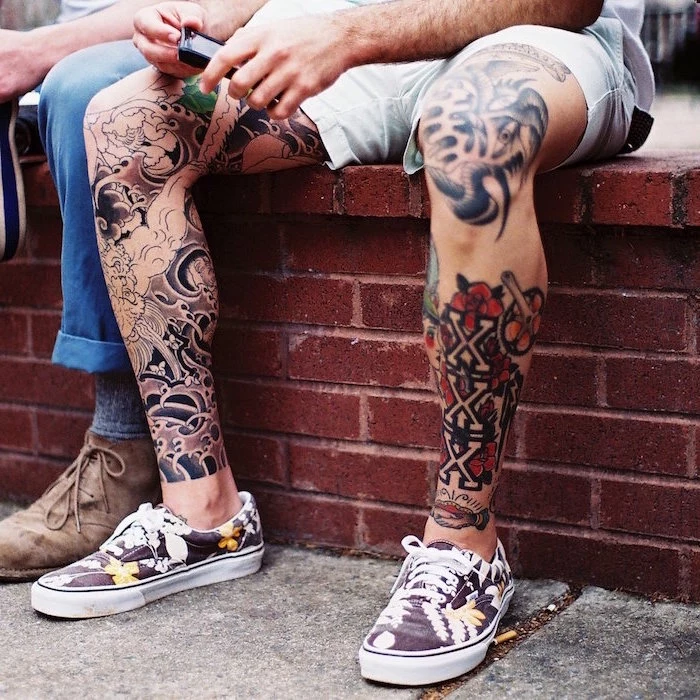
In the U.S., the FDA technically classifies tattoo inks as cosmetics but does not regulate the contents of the inks themselves.
This makes your choice of artist even more critical. A professional will only use high-quality, reputable ink brands like Eternal Ink, Intenze, or World Famous Ink, prioritizing client safety and the longevity of their work. Never hesitate to ask what kind of ink they use.
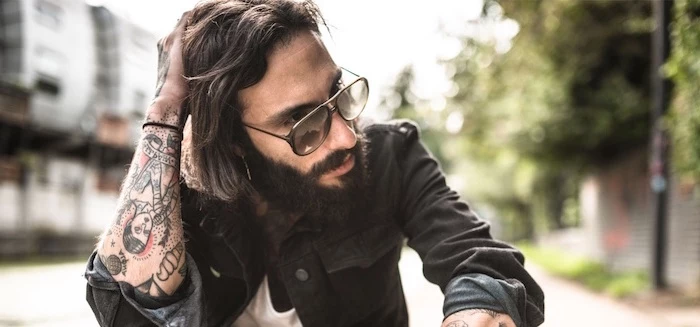
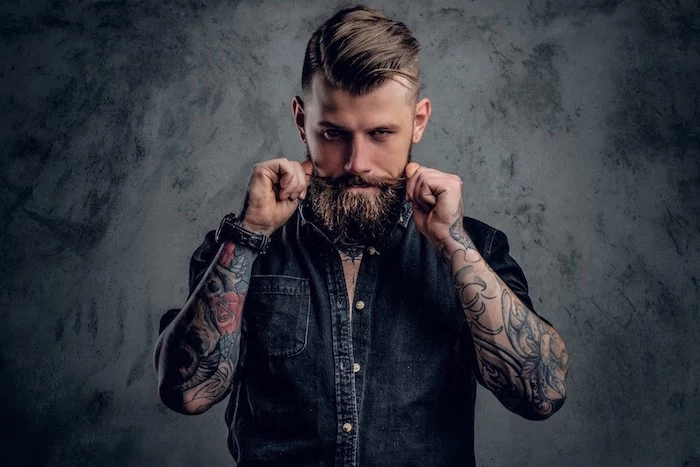
Don’t forget to tip! It’s a standard and much-appreciated practice in the tattoo world. If you’re happy with the art and the experience, a tip of 15-25% is a customary way to thank your artist for their time, skill, and the permanent piece of art they’ve created for you.
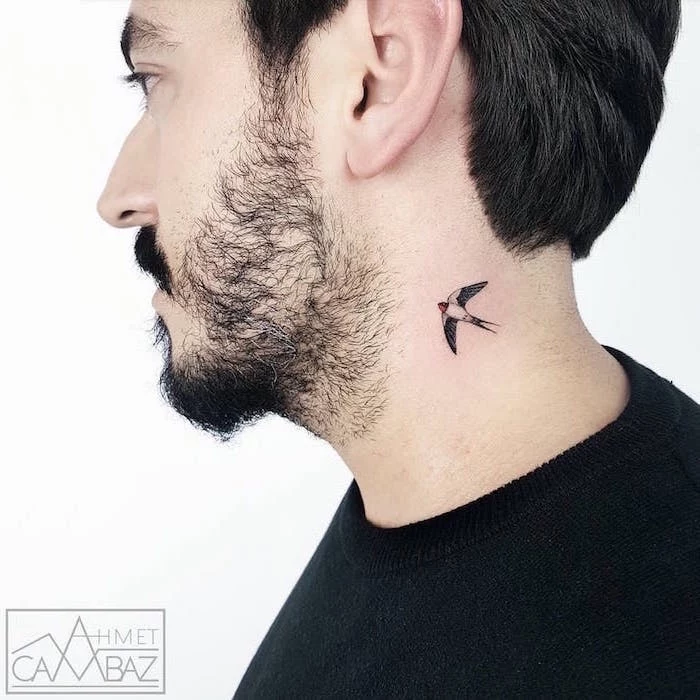
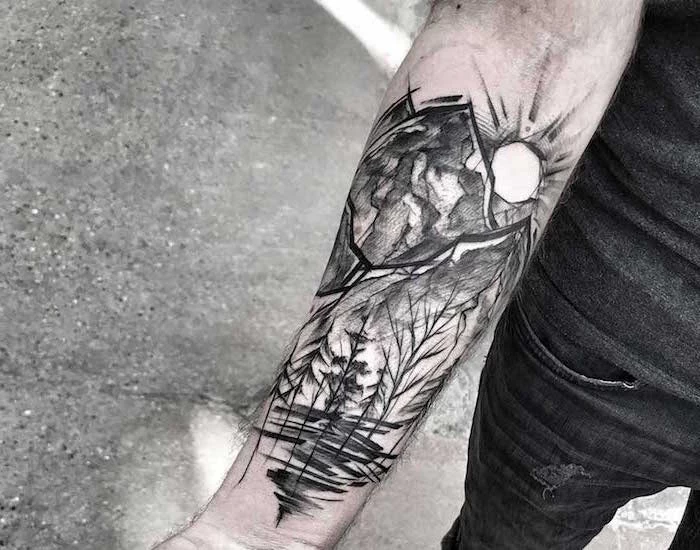
- Incredibly vibrant, saturated colors that hold their brightness.
- A formulation free of animal by-products, making it a cruelty-free option.
- Often considered a hypoallergenic choice for those with sensitive skin.
The secret? High-quality vegan inks. They have become an industry standard for their brilliant results and ethical production.
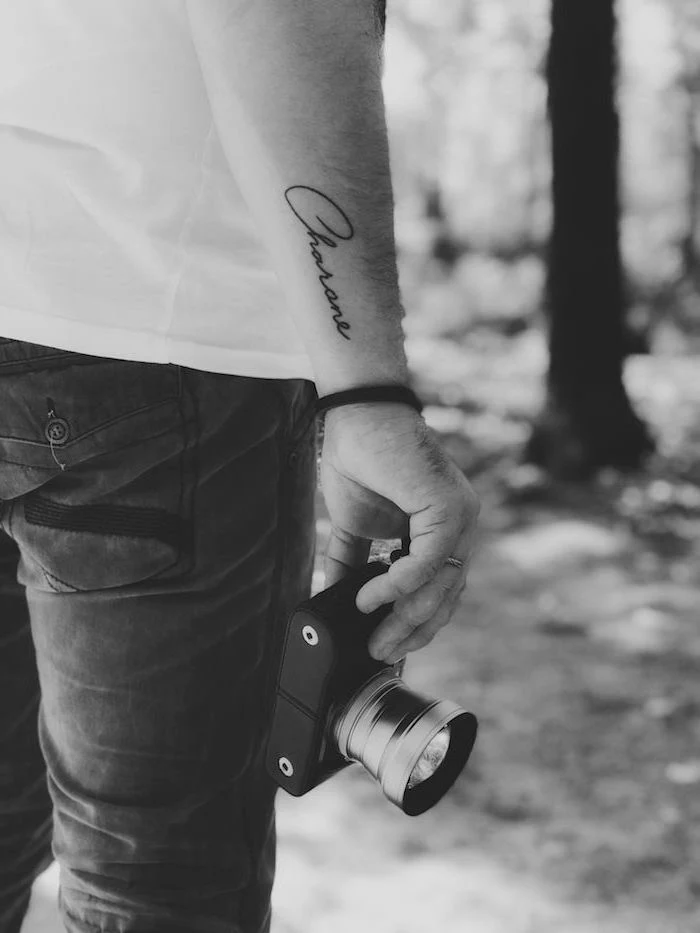
Unsure about placement? Try a high-quality temporary tattoo as a trial run. Using a product from a brand like Inkbox, which uses a semi-permanent formula that lasts 1-2 weeks, lets you live with the design. You can see how it fits with your style and body movement before committing to the real thing.
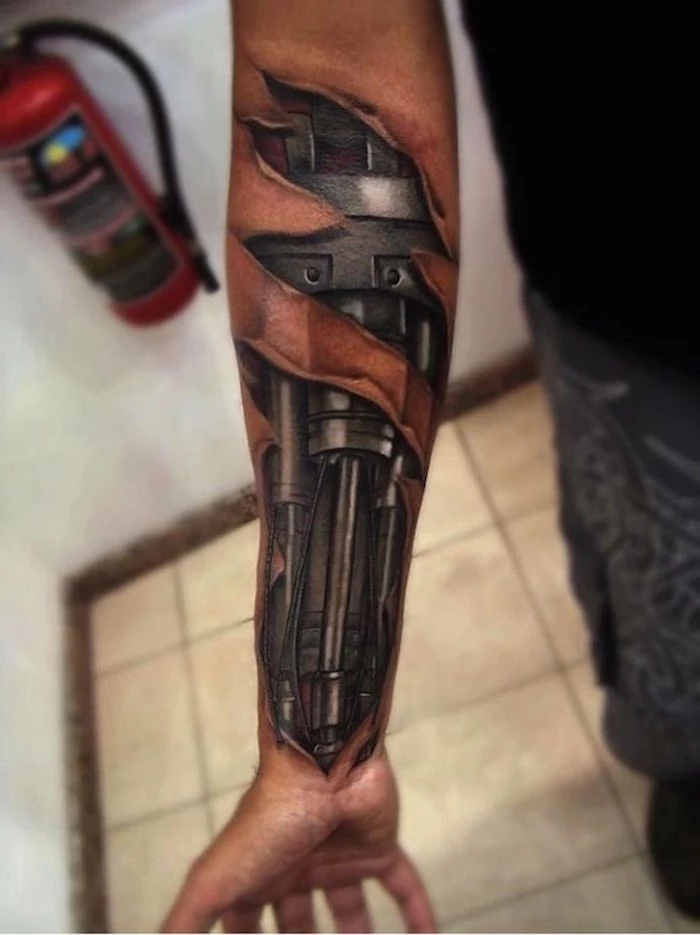
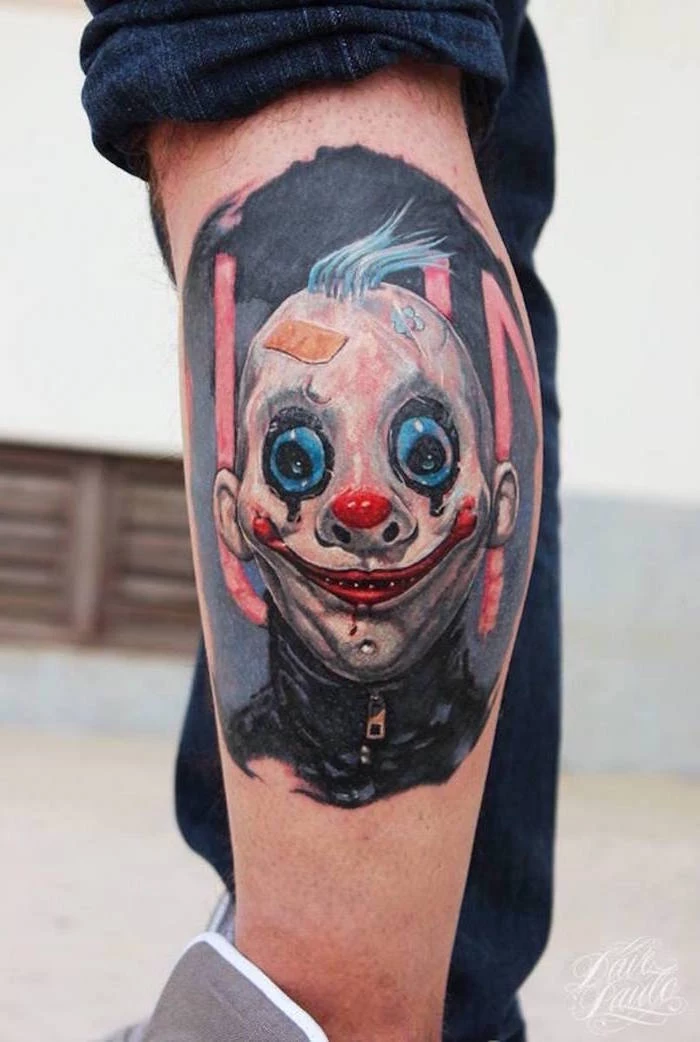
Finding your aesthetic is the first step. A great artist usually specializes, so knowing the language helps you find the right one.
- American Traditional: Characterized by bold black outlines and a limited palette of primary colors. Think eagles, roses, and anchors.
- Realism: Aims to recreate images as they appear in real life, from portraits to nature scenes, in either color or black and grey.
- Fine Line: Uses thin, delicate needles to create subtle, intricate designs. Hugely popular for script and botanical art.

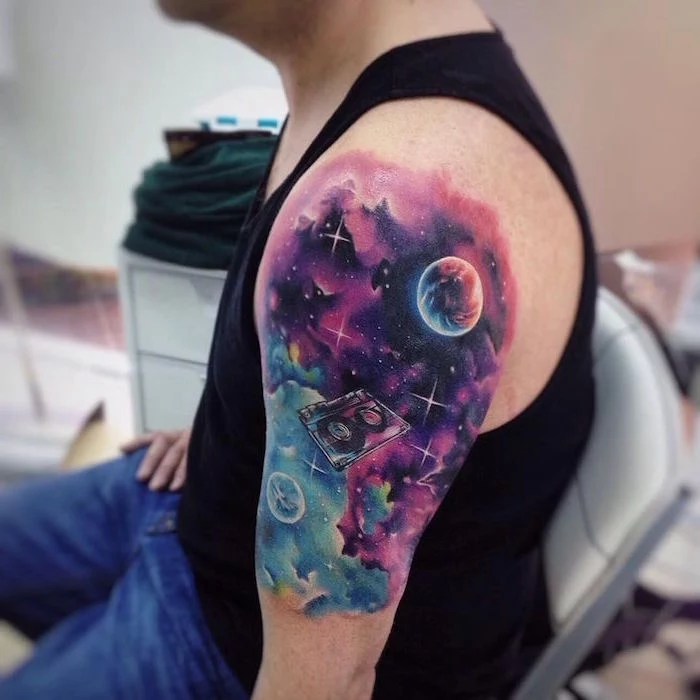
Can you use a numbing cream before your appointment?
Maybe, but you must ask your artist first. Some numbing creams can alter the texture of the skin, making it feel rubbery and difficult to work with. This can compromise the artist’s ability to pull clean lines and can even affect how the tattoo heals. Always communicate with your artist before applying any product to the area.
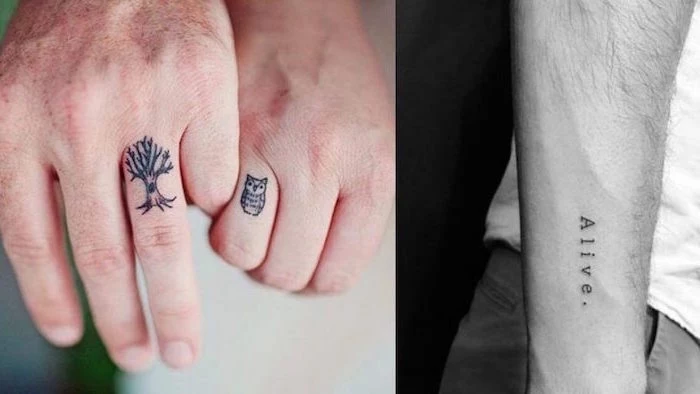
Second-Skin Bandage (like Saniderm or Dermalize): A clear, medical-grade adhesive film applied by the artist. You leave it on for 3-5 days for a low-maintenance heal.
Traditional Method: Plastic wrap removed after a few hours, followed by a routine of gentle washing and applying a thin layer of ointment like Aquaphor several times a day.
Many artists now prefer the second-skin method for its convenience and excellent healing results.
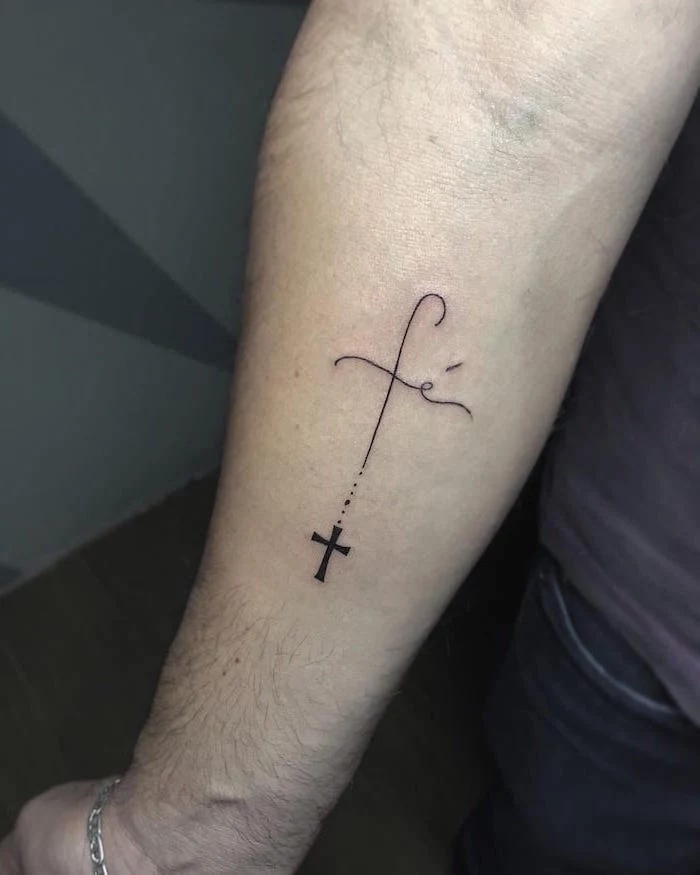
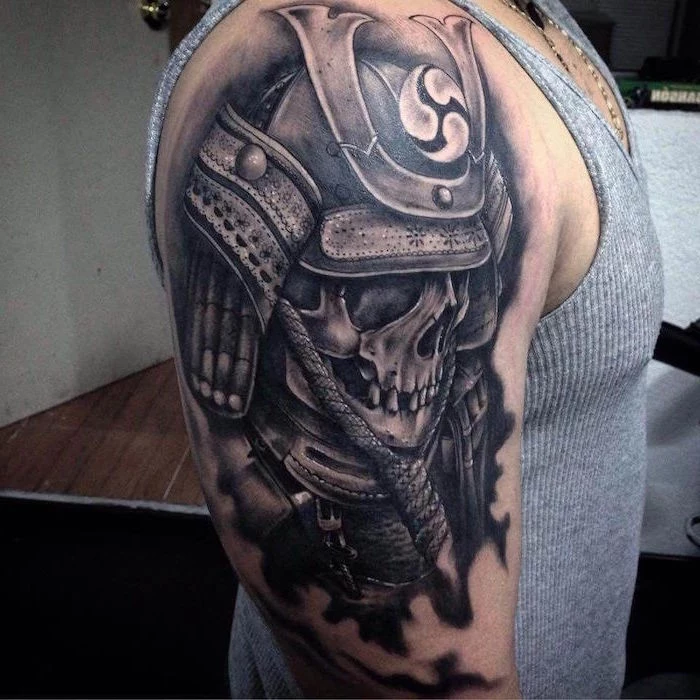
- Snacks and a sugary drink to keep your blood sugar up.
- Headphones to listen to your own music or podcasts.
- A phone charger and something to read or watch.
- Comfortable, loose clothing that allows easy access to the tattoo area.
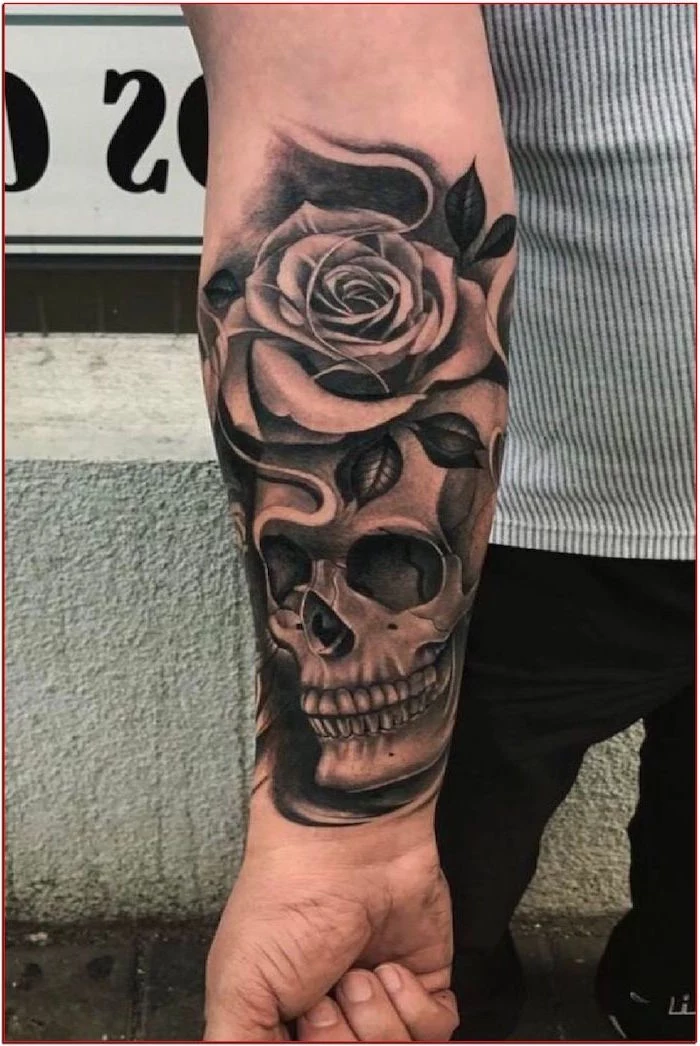
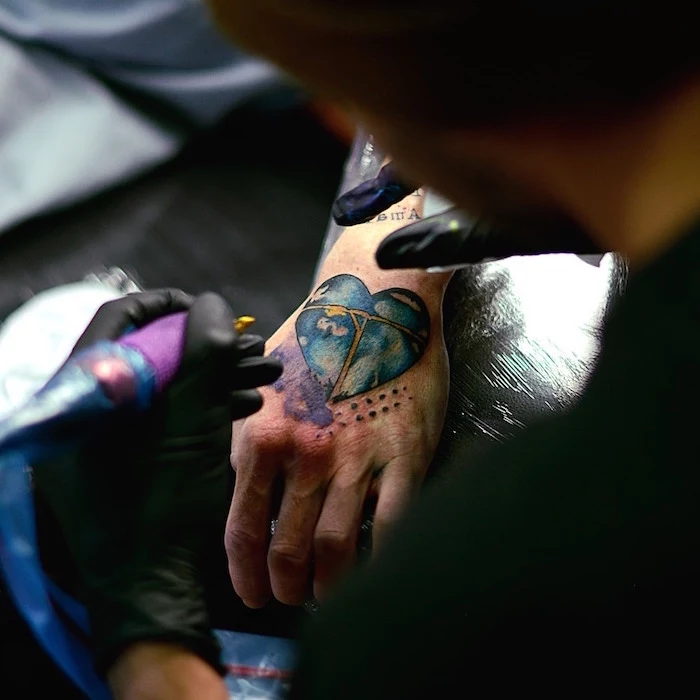
A note on haggling: Don’t do it. A professional artist’s price reflects their skill, demand, and the cost of running a sterile business. Attempting to negotiate the price is often seen as disrespectful to the craft. If a quote is outside your budget, a better approach is to discuss simplifying the design or to save up for the piece you truly want.
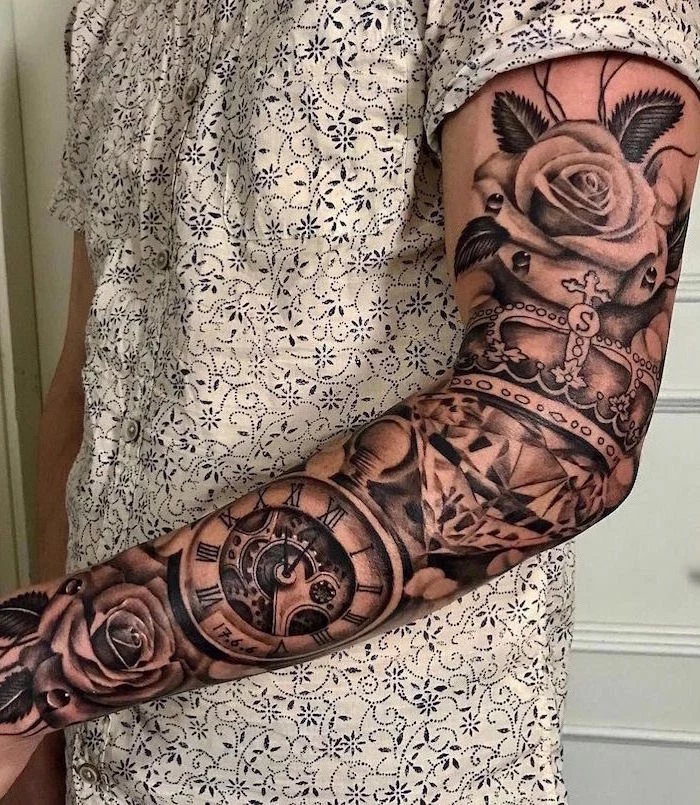
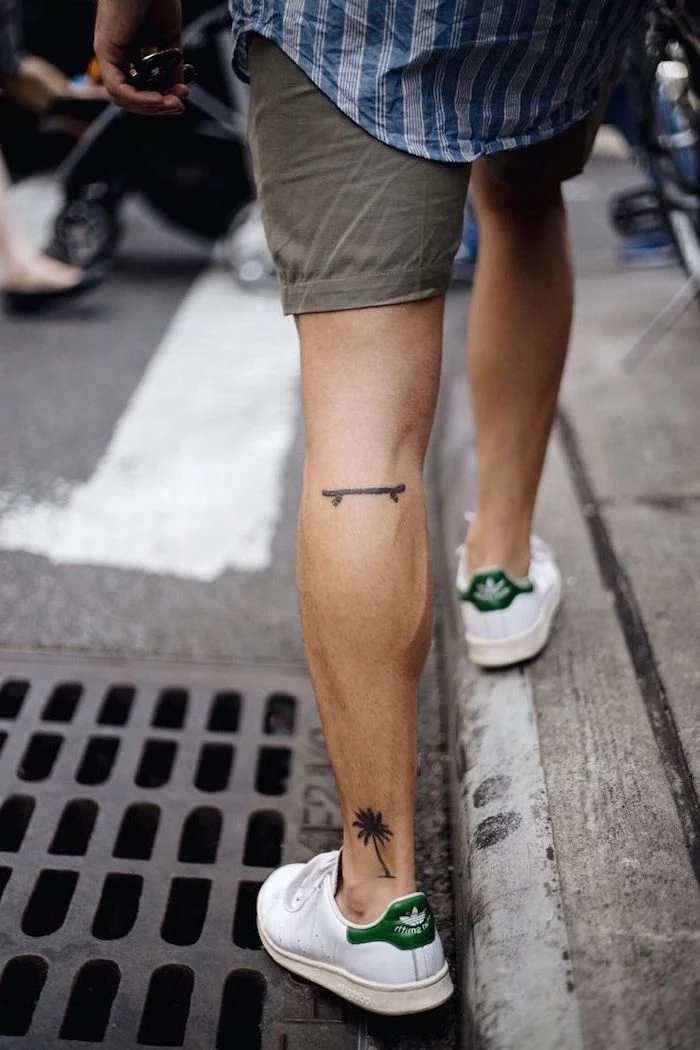
The art of traditional Japanese tattooing, or Irezumi, is a world of deep symbolism. It’s not just a collection of cool images; it’s a complete narrative with strict rules. For instance, a koi fish is always depicted swimming upstream to symbolize perseverance, and it’s often paired with maple leaves or water, never with elements from a clashing season or theme.
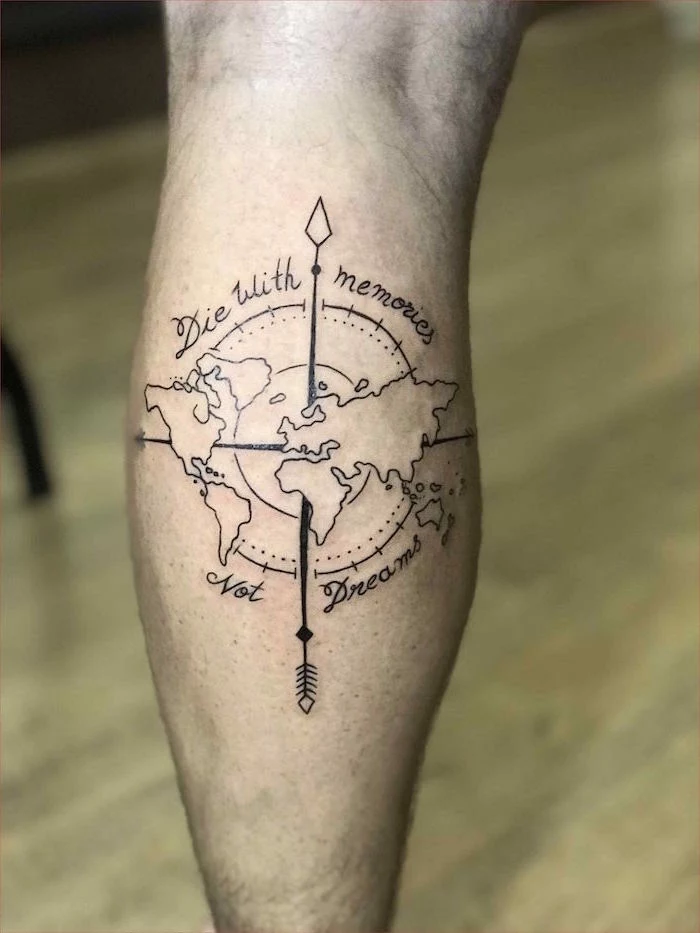
- Soaking it in a bath, pool, or ocean. A quick shower is fine.
- Picking at or scratching the flakes and scabs as it heals. Let them fall off naturally.
- Over-moisturizing. A thin, breathable layer of a recommended product like Hustle Butter Deluxe is all you need.
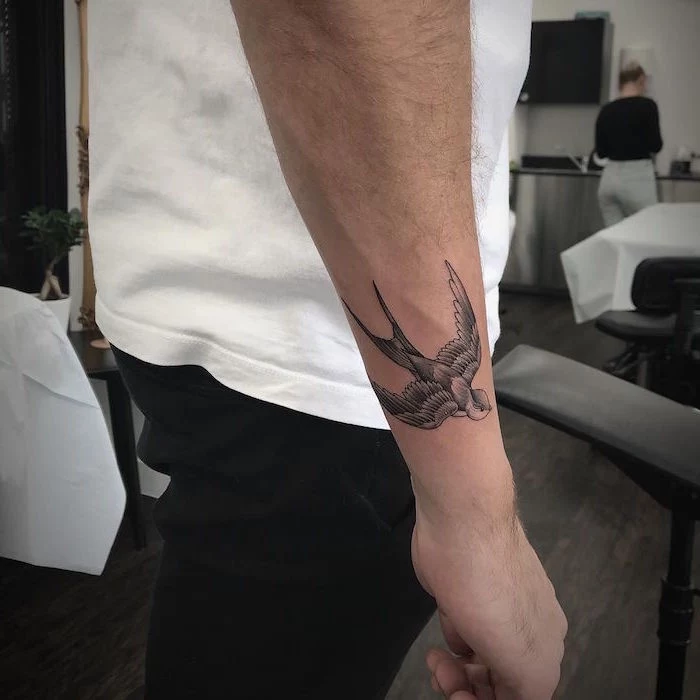
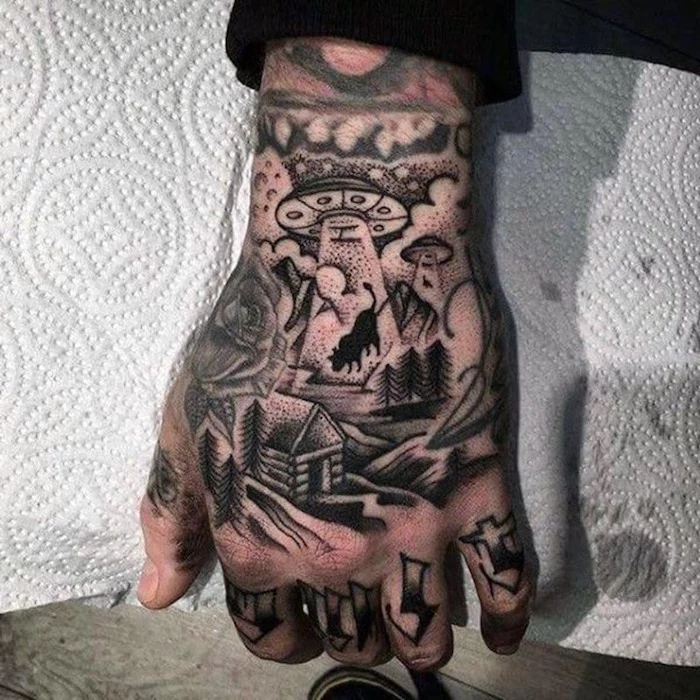
While online pain charts are a popular reference, remember that pain is subjective. A spot that’s highly sensitive for one person might be manageable for another. Factors like your personal tolerance, the artist’s technique, and your mental state that day all play a huge role. Don’t let a chart dictate where you get a piece you’ll love forever.
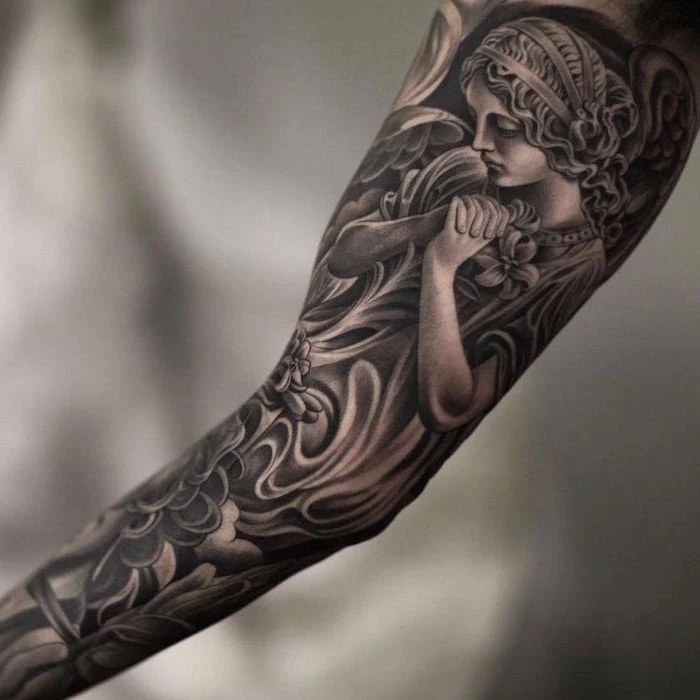
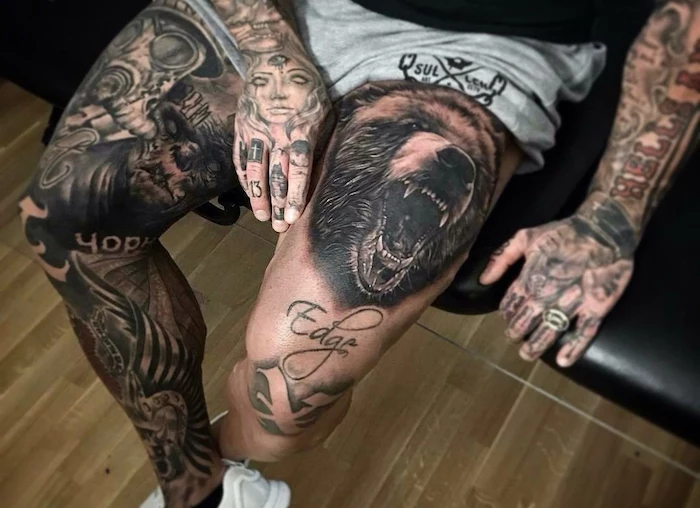
A 2019 study found that 75% of people who regretted a tattoo said it was because they got it too impulsively.
The number one regret isn’t about the art itself, but the lack of forethought. This is especially true for ‘vacation tattoos’ or designs chosen on a whim. Take your time. The idea that feels brilliant today should still feel right in six months.
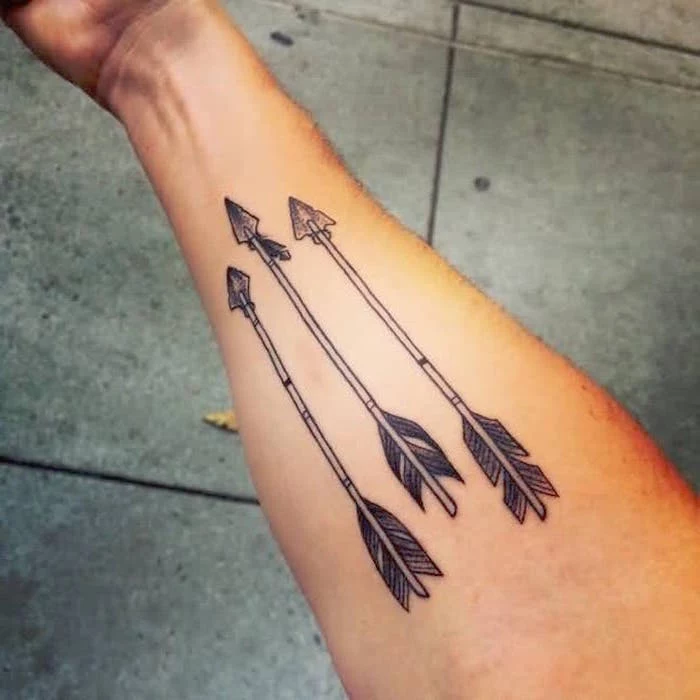
Black & Grey: Known for its longevity and graceful aging. Shading can soften over decades, but the fundamental design holds up exceptionally well. It’s the classic choice for realism and intricate detail.
Color: Offers stunning vibrancy but requires more sun protection. Lighter hues like yellow, white, and pastels are more susceptible to UV damage and may need a color-boost touch-up years down the road to stay bright.
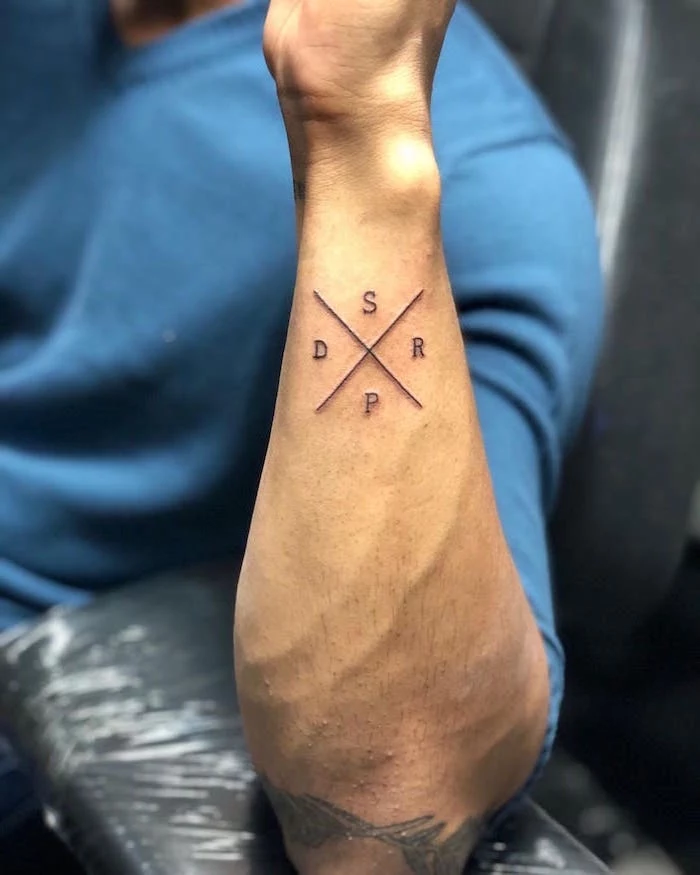
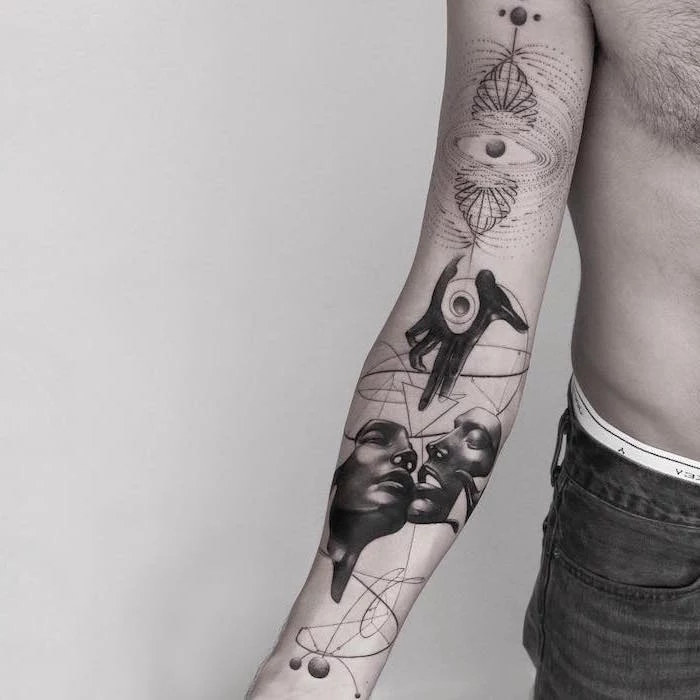
Most artists charge either by the hour or by the piece. Hourly rates can range from $100 to $300+ depending on the artist’s skill and demand. This rate doesn’t just cover the time you’re in the chair; it includes their drawing time, supplies, and the overhead of maintaining a sterile, professional studio.
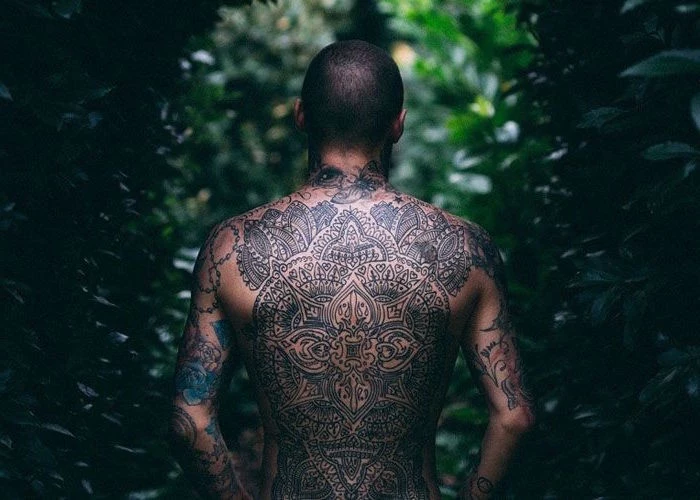
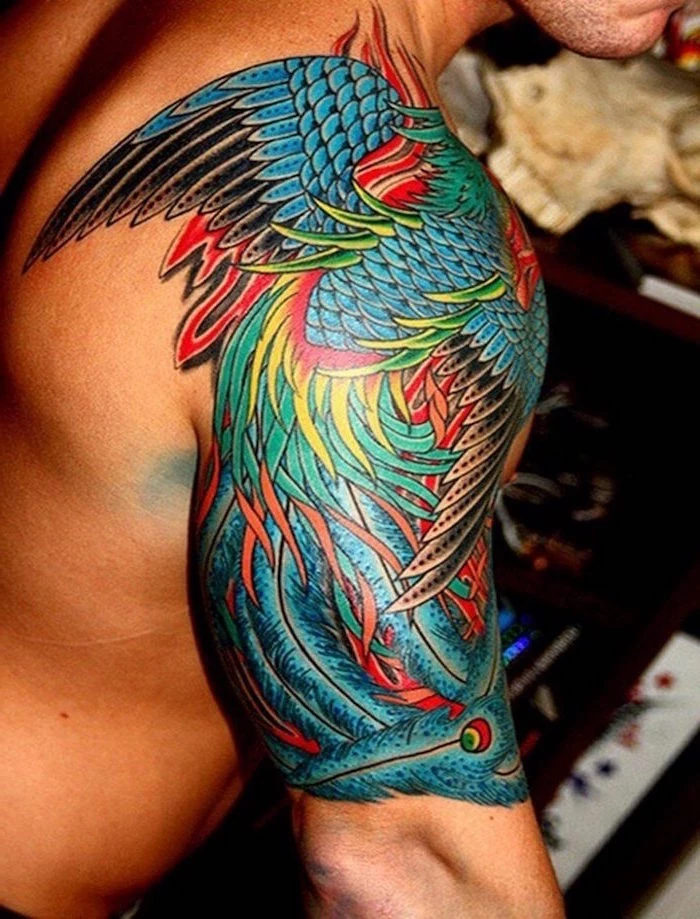
- It creates a protective barrier against bacteria and friction from clothing.
- It simplifies healing by eliminating the need for constant washing and moisturizing.
- It helps the skin retain its own healing fluids, which can reduce scabbing.
The secret? A modern aftercare bandage like Recovery Derm Shield or Saniderm. Ask your artist if it’s right for your tattoo.
A tattoo evolves. Initially, it’s a sharp, new addition. Over time, it softens and settles, becoming a seamless part of your skin and your story. It ceases to be just ink; it becomes a marker of a time, a feeling, or a belief you chose to carry with you. Treat it well, and it will age as gracefully as you do.

